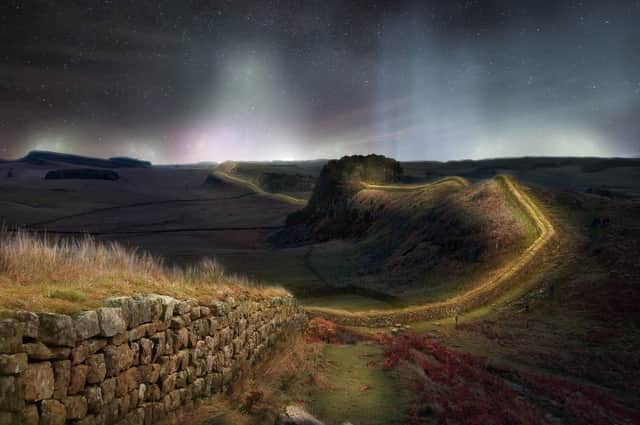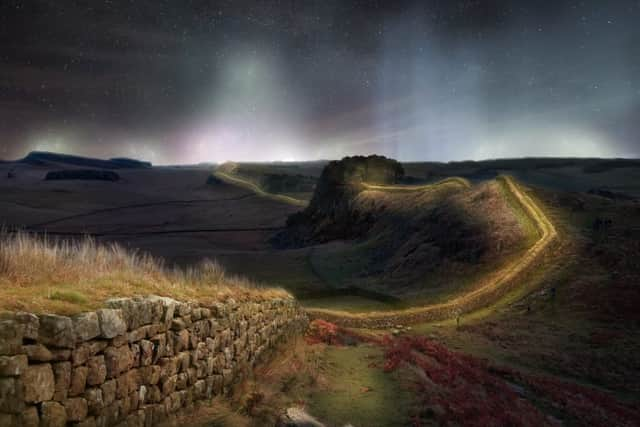Celebrating 1900 years of stunning monument in Northern England that is Hadrian’s Wall


Landmark’s anniversary programme includes reenactments, walks, food, arts, music and talks throughout year, explains history journalist Andrew Southam.
Roman emperor Hadrian started building his wall in the north of Roman Britain 1,900 years ago to prevent invasions from Scottish tribes.
This immense engineering project used more stone than the Egyptian pyramids to become one of the Roman’s greatest fortifications.
Advertisement
Hide AdAdvertisement
Hide AdHadrian’s Wall Partnership is marking the anniversary with a programme of exhibitions, reenactments, walks, food, arts, music and talks throughout 2022.


Highlights include a Roman themed city of light at Carlisle, a midsummer evening festival of Roman food, dance and song at Corbridge, a night attack by barbarian tribes on the Roman defences at Chester and a Japanese graphic novel series on Roman life.
The Romans conquered Britannia – modern day England and Wales – under Emperor Claudius in 43AD and ruled the island as a province for four hundred years.
Julius Caesar had briefly invaded twice before but didn’t stay.
Advertisement
Hide AdAdvertisement
Hide AdWhen Spanish born Hadrian became emperor in 117AD, he needed to protect the extensive Roman Empire inherited from his predecessor, the Emperor Trajan.
He visited Britain in AD122 and decided on a daring coast to coast wall to protect his north-west border.Fifteen thousand elite soldiers called legionnaires worked in bleak northern winters for six years to build the 73 mile long wall.
They smashed hard rock, bridged fast moving rivers and built over rolling hills to create a frontier stretching from Wallsend in north Tyneside to the western coastal hamlet of Ravensglass in the Lake District.
At every mile they built a small castle and gate, every third of a mile a small watch tower called a turret, and constructed 17 forts along the length of the wall.
A vast ditch protected the rear
Advertisement
Hide AdAdvertisement
Hide AdRoman soldiers had built nothing like Hadrian’s Wall before.


They used some 20 million stones unlike defences in Germany and Africa which they had built with turf.
Attacking tribes like the Picts would first face first huge mounds, then a ten-foot ditch fixed with spears before meeting the wall itself, some six metres high in places.
Flying on top was the Imperial Eagle or the Aquila (the bird of Jupiter that flies above storms), the standard of the most formidable army of the day.